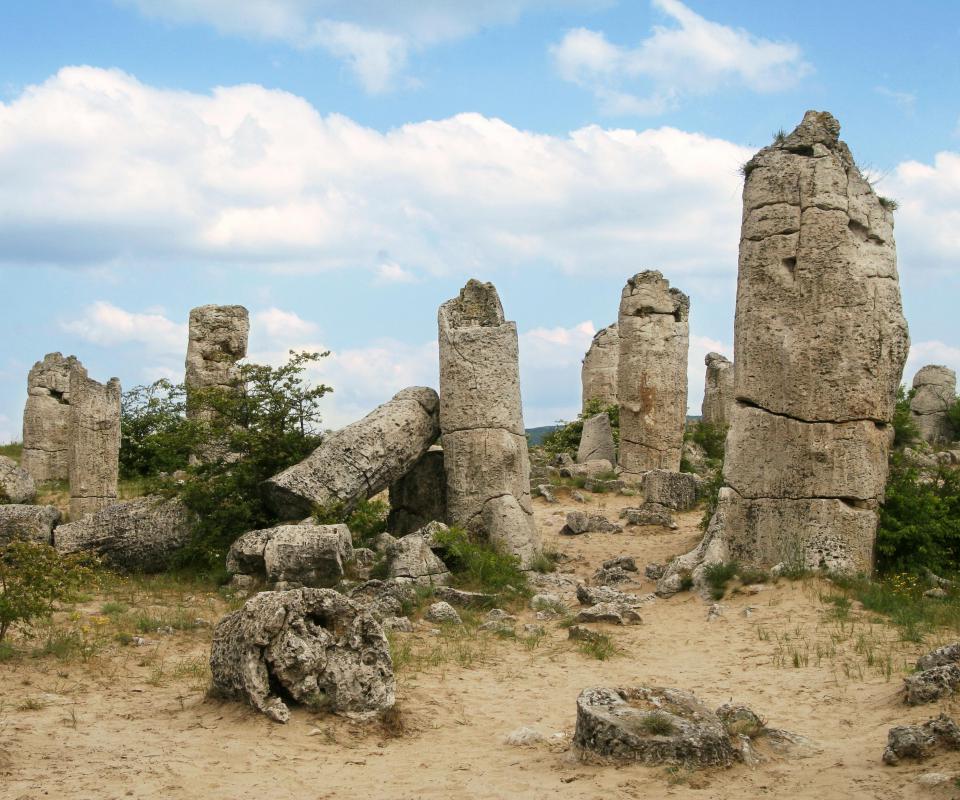What is a Wadi?
 Mary McMahon
Mary McMahon
A wadi is a gully, streambed, or valley which is characterized by being extremely dry. Many wadis flood during the rainy season, presenting a significant safety risk to travelers who are not familiar with them. In the New World, the word “arroyo” is often used to describe a comparable geographic feature. Geologists believe that features like wadis were formed during periods when water levels on Earth were markedly different, and that these valleys were probably carved by streams and rivers which later dried up.
The bottom of a wadi is often covered in sand and coarse rock, and the sides may be steep and made from sandstone or similar materials. Depending on where a wadi is located, it may be covered in scrubby brush and small trees, or it may be bare. Classically, the soil in a wadi is very hard, which is what makes wadis dangerous in the rainy season; water cannot quickly drain through the soil and disperse, so instead it forms a gushing flood, sometimes very suddenly.

In some cases, an underground river or spring can be found in a wadi; these water sources are remnants of the body of water which once went through the wadi, and they can be a valuable resource for people who live and travel in the desert. As a result, a wadi may sometimes be used like an oasis, as a place to stop and refresh water supplies, and in some cases small communities have been built around wadis. In parts of the Middle East and North Africa, the term “wadi” is used to mean “oasis.”

Wadis can be found across the Middle East, and they vary widely in size. Natives are typically familiar with the wadis in their region, and they are aware of how dangerous they can potentially be. Visitors are encouraged to ask about local wadis, especially if they are traveling during the rainy season, to ensure that they do not end up in a potentially dangerous location. It is an especially bad idea to make camp in a wadi during the rainy season, as floodwaters can appear very suddenly and they will rip staked tents right out of the ground.
Archaeologists often have an interest in wadis, as they sometimes contain historical artifacts left over from the period when the wadi was a fruitful river. Many fossilized hominid remains, for example, have been found in or near wadis, protected by thousands of years of mud and emerging to tell a story about early human communities.
AS FEATURED ON:
AS FEATURED ON:












Discussion Comments
One famous wadi is Wadi Feiran. It's located in Egypt. From looking at the pictures of this wadi, it was at one time a huge river. I got to see it last year on my trip there.
It is described in the Old Testament, and this is where Moses supposedly struck a rock and a fountain of water emerged from it.
There is an oasis there with ruins of ancient buildings and palm trees.
Visitors are warned to be careful because during a rainstorm, a wadi can fill with water and cause a flash flood .
Post your comments